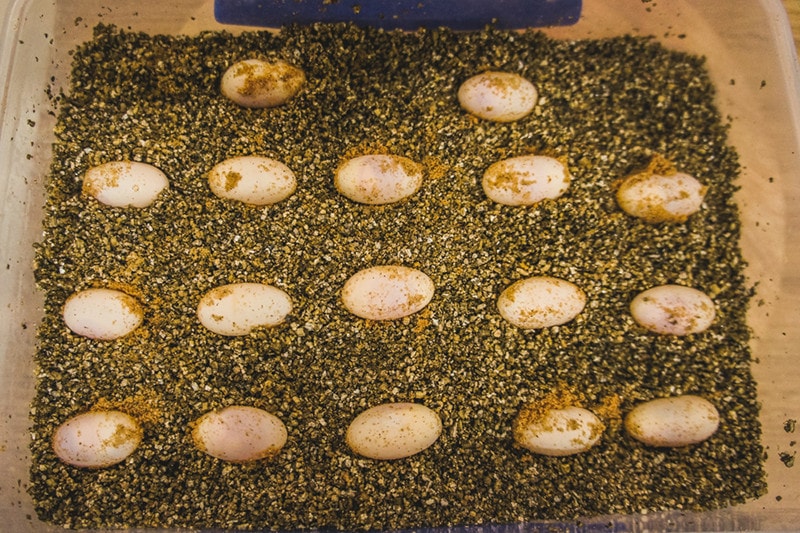Do Bearded Dragons Have a Third Eye? Facts & FAQ
By Kit Copson
Updated on
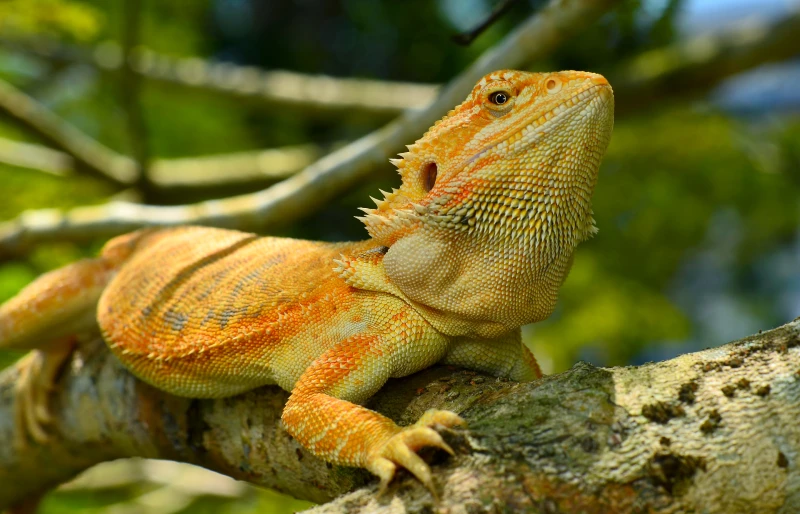
Click to Skip Ahead
It’s easy to understand why bearded dragons are so popular—they’re typically docile, easy to socialize, seriously cute, and absolutely fascinating to boot. One of the most interesting facts about bearded dragons is they have a parietal eye—also known as a “third eye”.
This extra eye is an important survival tool in the wild, and, in this post, we’ll explain how it works.
What Is a “Third Eye”?
The parietal (third) eye can be found on the top of a bearded dragon’s head at the center point between the two regular eyes that are on the sides of the head. It sits under the parietal bone and appears as a very tiny white dot, so it’s easy to miss if you don’t look closely. The third eye does not have an eyelid, but, instead, a scale that serves as a protective covering.
Though it contains a cornea, retina, and lens, the photosensitive parietal (third) eye lacks an iris and is not the same as the bearded dragon’s other two eyes. Instead of seeing images as a regular eye would, the third eye functions by detecting light and dark changes, and thereby shadows, in the environment.
Why Do Bearded Dragons Have a Third Eye?
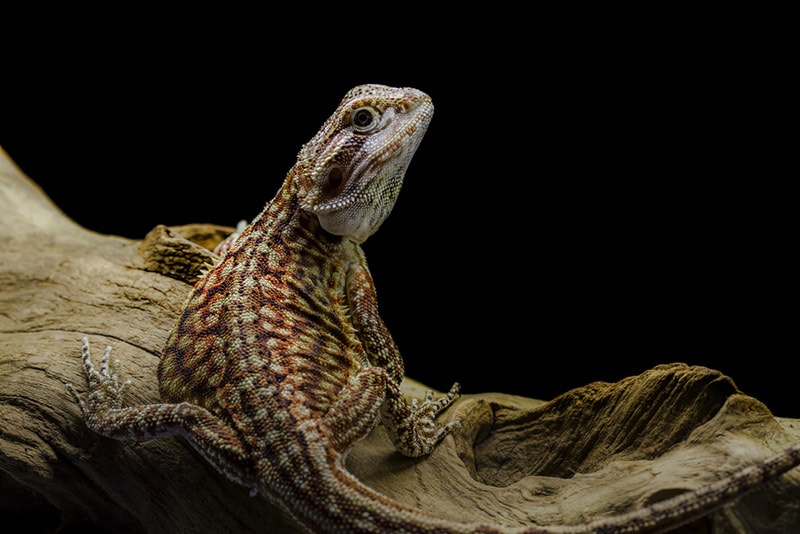
Because it can sense changes in lightness and darkness, the parietal eye allows the bearded dragon to sense potential predators like birds swooping down on them, which explains why they may flee in panic when you try to pick them up from above.
Moreover, the third eye is connected to the pineal gland, which produces melatonin, the hormone that regulates the sleep-wake cycle. Researchers have also found that the third eye plays a role in thermoregulation—without the third eye, the bearded dragon would have a lower thermal tolerance.
Which Other Animals Have a Third Eye?
Bearded dragons aren’t the only reptiles to possess a third eye. Most other lizards have one, as do frogs, salamanders, and the tuatara. Bony fish also have a third eye, as do lampreys and sharks. On the other hand, mammals don’t have a third eye—this only occurs in cold-blooded animals.
How to Properly Pick Up a Bearded Dragon
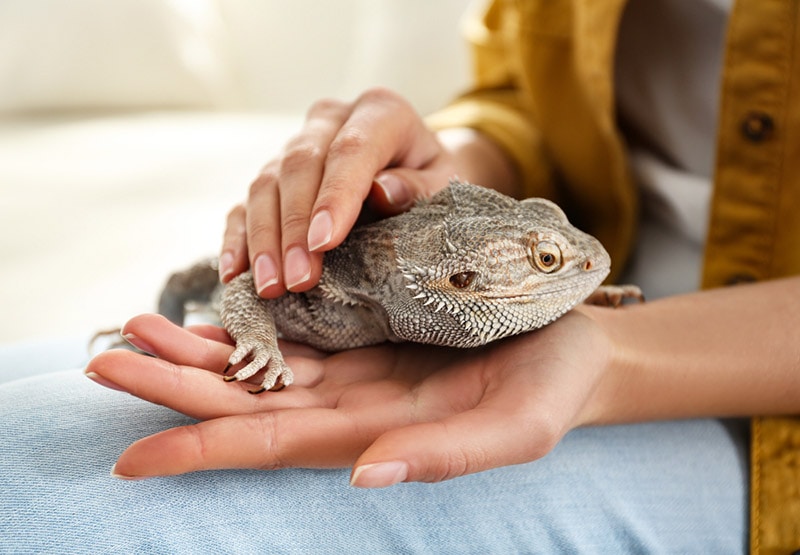
Since the bearded dragon’s third eye helps to detect shadows of potential predators, picking them up from above can make them feel uneasy. Instead, approach from the front or side with your hand (or two hands if you have a large bearded dragon), place your hand under their chest, and gently scoop them up.
Once your bearded dragon is used to handling, simply placing your hand under its chin may be enough to prompt them to climb up onto your palm without you having to pick them up.
If your bearded dragon is sitting on something like a log, you’ll want to put your hand under its body, then gently lift off the legs from whatever the bearded dragon is sitting on before picking them up fully. This helps prevent their nails from getting caught on the object and ripped off when you pick them up.
For young bearded dragons just getting used to handling, it’s not a good idea to simply scoop them up as they can be quite timid as youngsters. If you do this (unless your beardie is just a naturally relaxed pet), they may panic and jump from your hands. Instead, you can start by just placing your hand inside the enclosure to let them get used to its presence.
Then, you can try hand-feeding bits of food to your bearded dragon, and, when they’re comfortable taking food from you, placing treats on your hand to tempt them to walk onto your palm. The best rule of thumb is to never force your bearded dragon to be held—let them come to you in their own time.
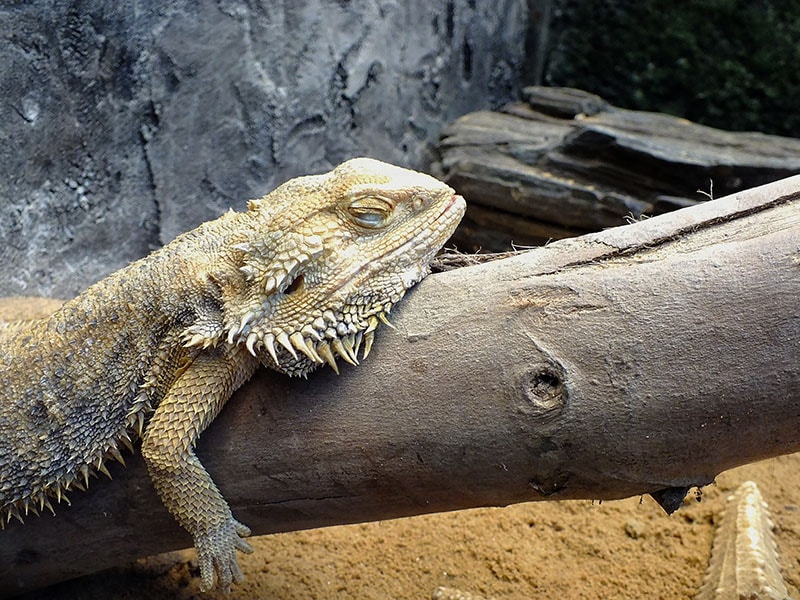
Final Thoughts
So, it’s true—bearded dragons, like many other reptiles, amphibians, and aquatic vertebrates do indeed have a third eye that functions as a warning system for incoming predators. It also helps with temperature tolerance and maintaining the sleep-wake cycle. If you have a beardie, take a close look at the top of the head to see this incredible organ for yourself.
Featured Image Credit: Ery Azmeer, Shutterstock




